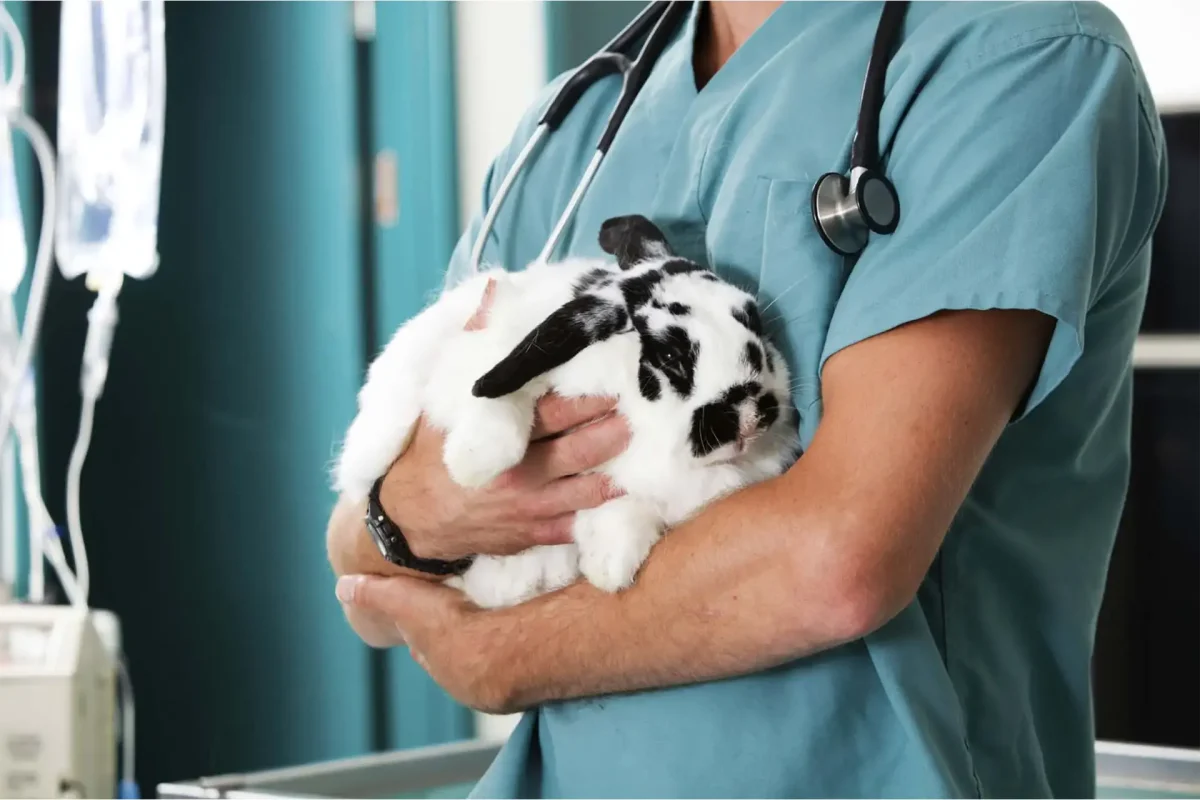Recently, the Trump administration has sought out to reshape how scientific research is conducted by firing scientists, proposing budget cuts towards the National Institutes of Health and shutting down labs that conduct animal testing.
On April 1, hundreds of federal employees at the National Institute for Occupational Safety and Health were terminated from their jobs, leaving behind more than 900 lab animals. Around two-thirds of the lab animals managed to relocate; however, that leaves around 300 lab animals to be euthanized.
The Trump administration aims to reduce NIH funds in order to end animal testing for biomedical research purposes, causing disagreements between scientists and animal rights activists.
Some scientists believe that animal testing should end, as other nations have begun using alternative methods of research.
“FDA and EPA have been pressed for decades to champion innovative methods that use human cells, 3D printing, robotics, computer models and other technologies to assess the safety and efficacy of a host of chemicals, products, devices and drugs without the suffering and death of literally hundreds of thousands of animals,” Sara Amundson, president of Humane World Action Fund, said.
However, other scientists feel that animal testing still plays a significant role in research that newer methods are not yet developed enough to replace.
Harvard University researchers developing a new tuberculosis vaccine risked having to euthanize their rhesus macaques. The research was able to continue thanks to a private donor.
It is unclear how NIH budget cuts will affect new information regarding relationships between humans and animals such as pets and their owners, or zoo health.
PETA states that there are over 100 million lab animals in the U.S.
These expected budget cuts will result in mass euthanasia, which will put an abrupt end to research, wasting the potential of lab animals that have been invested into biomedical research.
Lab animals are bred inside the labs to exhibit traits close to humans, so they cannot simply be released into the wild expected to survive.
Although animal sanctuaries can help, euthanizing millions of lab animals would burden them. It is also very difficult to transport these animals, as they pose health risks.
Raising lab animals can be costly and switching to modern methods of research has the potential to increase how fast scientists are able to develop new research, which is less expensive.
Instead of making decisions that lead to mass euthanasia, the Trump administration should slowly reduce biomedical animal testing while introducing newer methods of research into labs. In this way, the number of lab animals bred would steadily decrease.
Animal testing should not be banned. “Some people may tell you that this massive culling is OK because what it means is that animal research is going to end. But, that is simply not true. The animal research will not end. It will simply go somewhere else,” Dr. Paul Locke, an environmental health scientist, attorney and professor at the Johns Hopkins Bloomberg School of Public Health, said.
Alternatively, the Trump administration should seek to create laws that limit the use of animal labs where it can be replaced by more ethical means of research.
While the Trump administration proposes more budget cuts towards the NIH in 2026, it is still unclear where the funds will be redirected.







